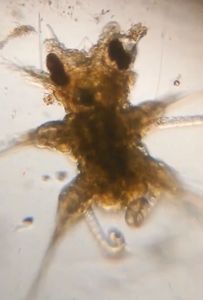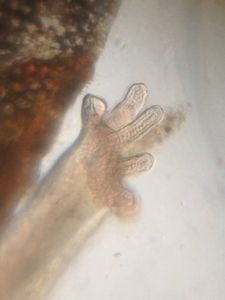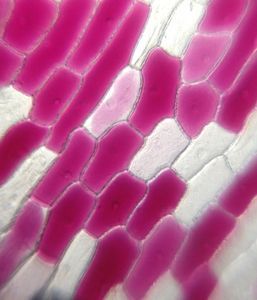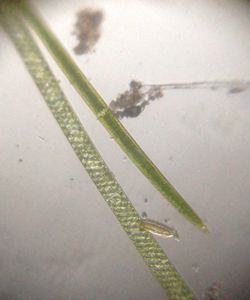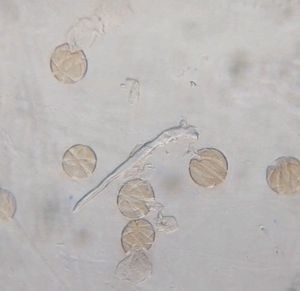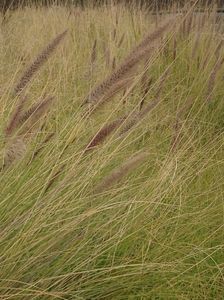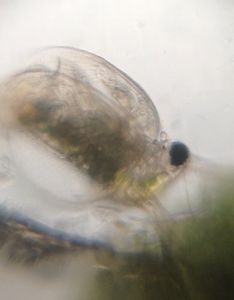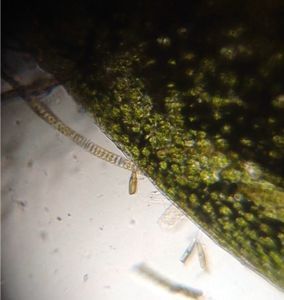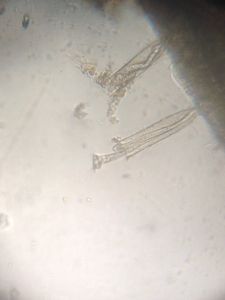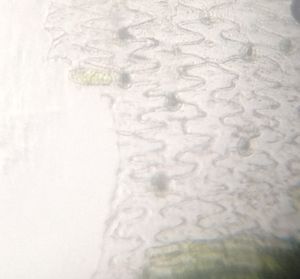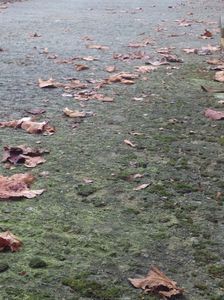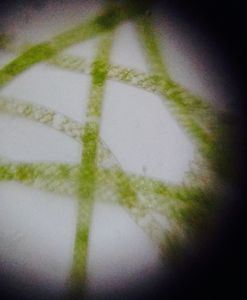Animálculos que ruedan / Wheeled animalcules
 Oct 18, 2015 • 12:51 AM UTC
Oct 18, 2015 • 12:51 AM UTC Unknown Location
Unknown Location 140x Magnification
140x Magnification Unknown
Unknown
Cristina
Learn about the author...
19posts
52comments
1locations
Los rotíferos fueron observados,descritos y dibujados por el grandísimo microscopista holandés Leeuwenhoek, hace ya más de tres siglos. Los llamó animálculos que ruedan . Estas ilustraciones son un pequeño homenaje a él pues tener la fortuna de poder usar un foldscope puede hacernos revivir lo que debió sentir aquel pañero en una Europa que desconocía el mundo de los microorganismos y que, sin estudios superiores y con un ingenio superlativo, retó a los científicos de la Real Sociedad de Londres.
Rotifera were observed, described and drawn by the greatest dutch microscopist Leeuwenhoek, about three centuries ago. He named them wheeled animalcules . These videos are a tribute to him due to the incredible experience that the use of foldscope has meant to me: the wonder of discovering the tiniest, just as this textile merchant must have felt in an European continent unaware of the microcosmos. He himself, with no University attendance and an awesome ingeniosity, challenged the scientific members at the London Royal Society.
En este vídeo se puede observar cómo son capaces de crear torbellinos de agua gracias a la corona de cilios. Asimismo, se percibe el movimiento del mástax, órgano faríngeo para la digestión mecánica.
In this video, water whirls created by their crowns of cilia can be observed. The movement of the jaws located in the pharynx are visible too.
trim.32C6D36C-D881-4E2B-8502-1EFF7504F8DE
La lucha constante por atraer pequeños microorganismos actuando como verdaderas aspiradoras acuáticas.
The continuous struggle to attract smaller microorganisms acting as aquatic “vacuum-cleaners”.
trim.7CF72E10-5705-482E-A794-B17774FDD079
No siempre viven fijos a un sustrato, sino que pueden desplazarse nadando mediante el movimiento de sus cilios.
They do not always live attatched to soil or debris, and can swim around by moving their cilia.
trim.EC849014-CCDB-4777-AB63-0C4582354E73
Cheers!
Cristina
Rotifera were observed, described and drawn by the greatest dutch microscopist Leeuwenhoek, about three centuries ago. He named them wheeled animalcules . These videos are a tribute to him due to the incredible experience that the use of foldscope has meant to me: the wonder of discovering the tiniest, just as this textile merchant must have felt in an European continent unaware of the microcosmos. He himself, with no University attendance and an awesome ingeniosity, challenged the scientific members at the London Royal Society.
En este vídeo se puede observar cómo son capaces de crear torbellinos de agua gracias a la corona de cilios. Asimismo, se percibe el movimiento del mástax, órgano faríngeo para la digestión mecánica.
In this video, water whirls created by their crowns of cilia can be observed. The movement of the jaws located in the pharynx are visible too.
trim.32C6D36C-D881-4E2B-8502-1EFF7504F8DE
La lucha constante por atraer pequeños microorganismos actuando como verdaderas aspiradoras acuáticas.
The continuous struggle to attract smaller microorganisms acting as aquatic “vacuum-cleaners”.
trim.7CF72E10-5705-482E-A794-B17774FDD079
No siempre viven fijos a un sustrato, sino que pueden desplazarse nadando mediante el movimiento de sus cilios.
They do not always live attatched to soil or debris, and can swim around by moving their cilia.
trim.EC849014-CCDB-4777-AB63-0C4582354E73
Cheers!
Cristina
Sign in to commentNobody has commented yet... Share your thoughts with the author and start the discussion!

 0 Applause
0 Applause 0 Comments
0 Comments

